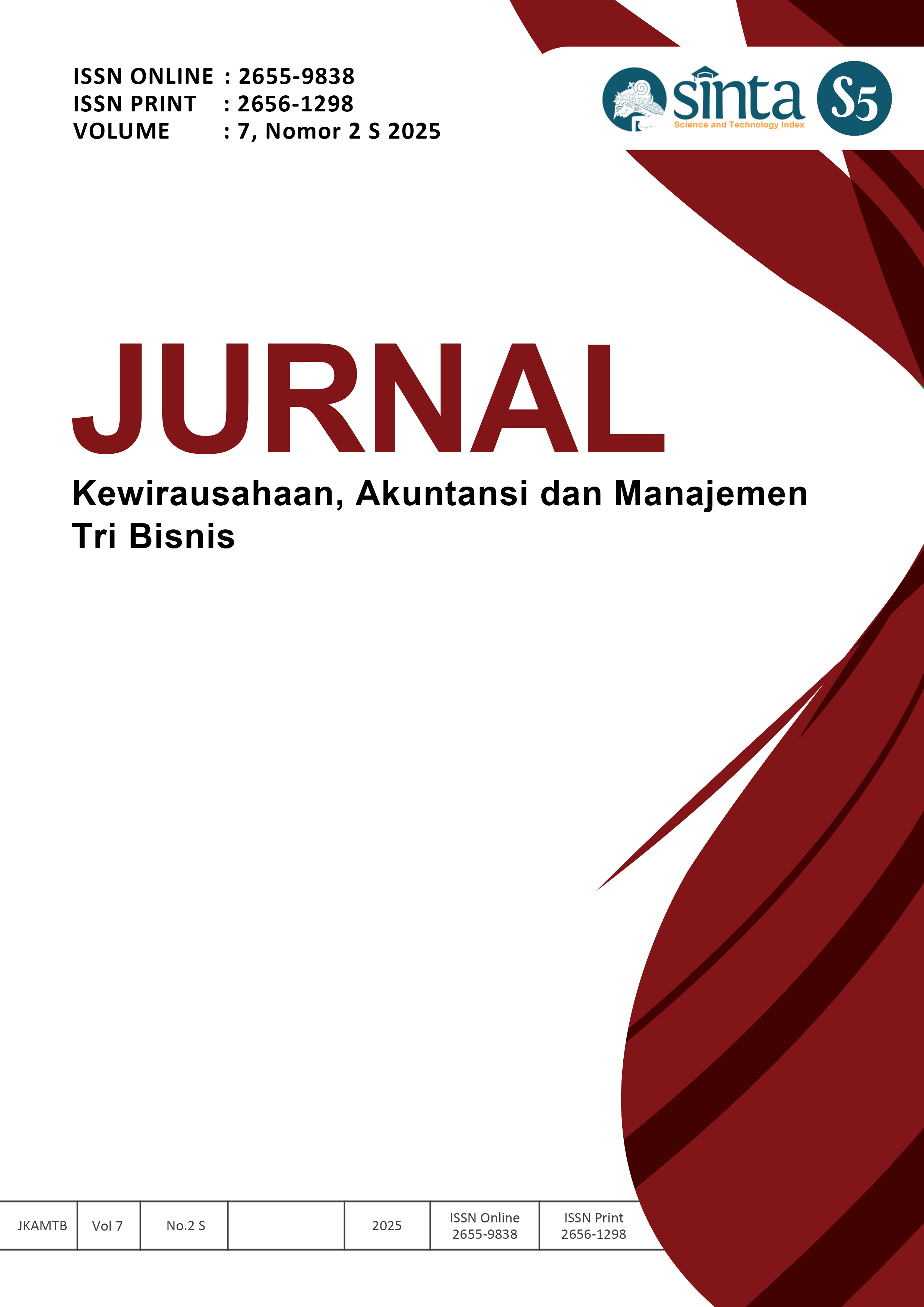Job Grade Development To Ensure Internal Fairness At Pt. Xyz Bekasi
DOI:
https://doi.org/10.59806/jkamtb.v7i1a.678Kata Kunci:
Internal Fairness, Job Evaluation, Job Score, Job GradeAbstrak
Internal fairness or internal equity, in the context of rewards or compensation is a crucial aspect of any organization to ensure that each job is valued according to its importance in achieving organizational objectives. Various methods can be used to evaluate jobs, including the ranking method, the classification method, and the point method. In the point method, jobs are assessed relative to other jobs based on four generic compensable factors: Responsibility, Skills, Effort, and Working Conditions. These four compensable factors can be further elaborated to meet the company's needs. Job evaluation at PT. XYZ, was conducted using the Point Method, on 60 job titles. Determination of compensable factors for PT XYZ was obtained from interviews conducted by researcher with the Directors of PT. XYZ and focused group discussions (FGD) with a counterpart team which is appointed to represent each department. There are 10 compensable factors used as follows: The Responsibility Factor is described into 4 factors, namely Responsibility for work results, Responsibility for fund/budget management, Responsibility for assets and Responsibility for Human Resources. The description of the Expertise Factor is divided into 2 factors, namely Education & Experience and Interpersonal Skills. The description of the Effort Factor is divided into 2 factors, namely Physical Effort and Mental Pressure. The description of the Working Condition Factor is divided into 2 factors, namely Work Environment and Job Risk. The 10 compensable factors were rated and weighted using the paired comparison method. Then, by multiplying the rating and weight of each compensable factor, a job score was obtained for each job. All job scores were then sorted and grouped into 10 job grades.













